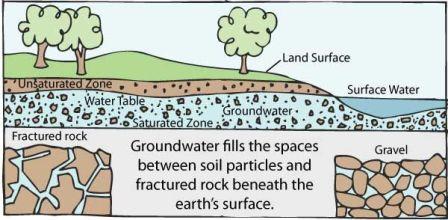Bhubaneswar: With an aim to prepare a state specific strategy for groundwater management, the state government has constituted a high-level committee to re-assess the groundwater recharge in the state.
Water resources secretary has been appointed as chairman of the 12-member committee while regional director of the Central Ground Water Board is the member convener. Director industries, director agriculture, NABARD general manager, engineer-in-chief of water resources department, MD of Odisha Lift Irrigation Corporation, EIC rural water supply and chief engineer of minor irrigation are among other members of the panel.
The last assessment of the state-wise ground water recharge for the entire country was carried out for the water year 2016-17 based on the methodology adopted by the Ground Water Resources Estimation Committee -2015. Since then, lots of changes in ground water scenario in many parts of the county have been observed, sources said here Saturday.
The National Water Policy, 2012 has also recommended that the ground water resources of the country should be re-assessed periodically. With a view to re-assessing the ground water resources for the water year 2019-20, the State Level Committee was constituted, the sources said.
The panel will re-assess annual ground water recharge of the state and estimate the status of utilization of the annual extractable ground water resources. The committee was asked to submit its report by February 2021.
The groundwater level in the state stood at 16.69 billion cubic metres in 2009, which dropped by 1.12 billion cubic metres to 15.57 billion cu m in 2017. It means the water level has decreased by 6.71 per cent in just eight years.
With a constant dip in groundwater and also surface water, the annual per capita availability of water is also falling in the state. The average annual per capital availability of water in Odisha in 1991 was 3802.84 cubic metre, which has gone down to 2578.09 cubic metre in 2019. This figure will also fall down to 2329.88 cubic metre in 2030, sources said.

